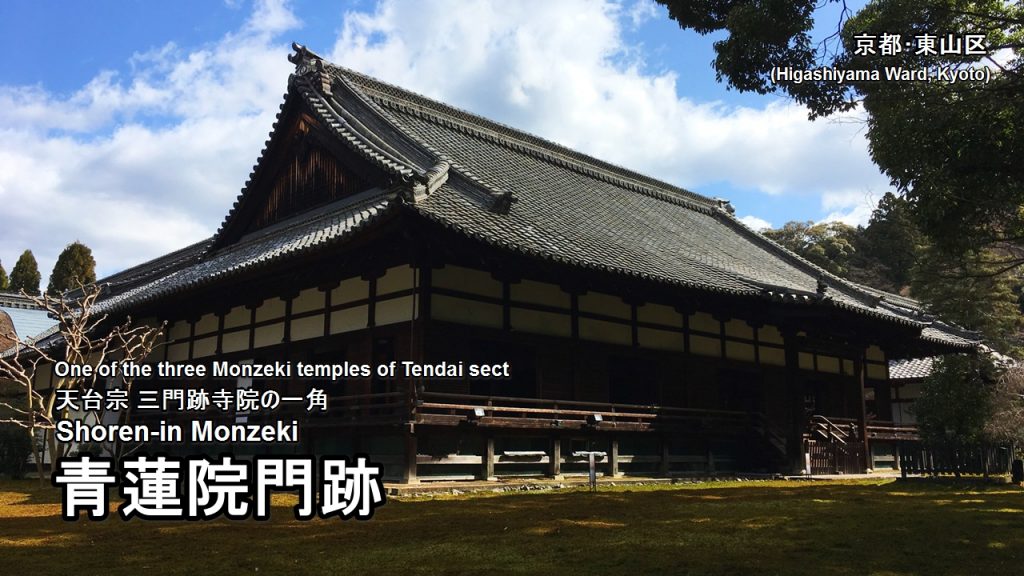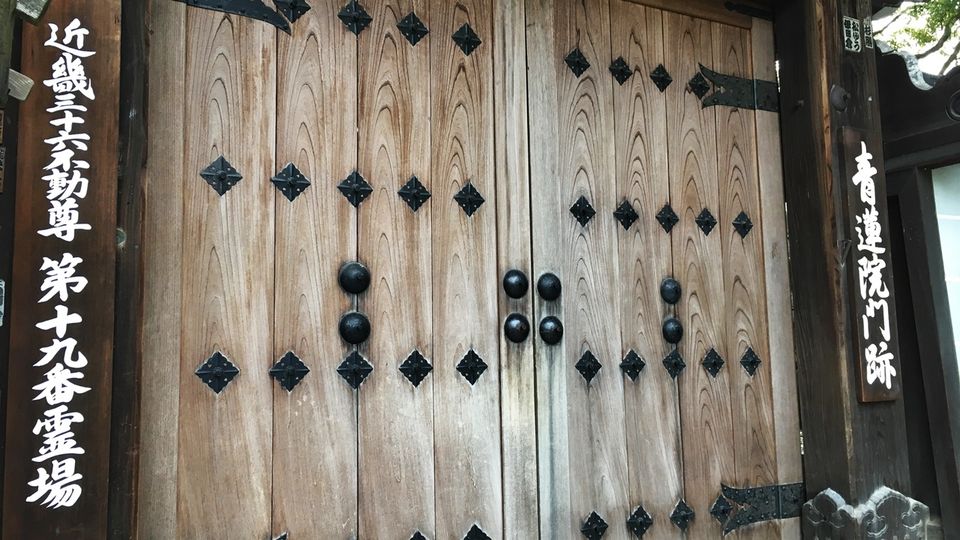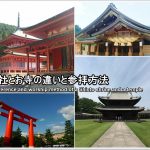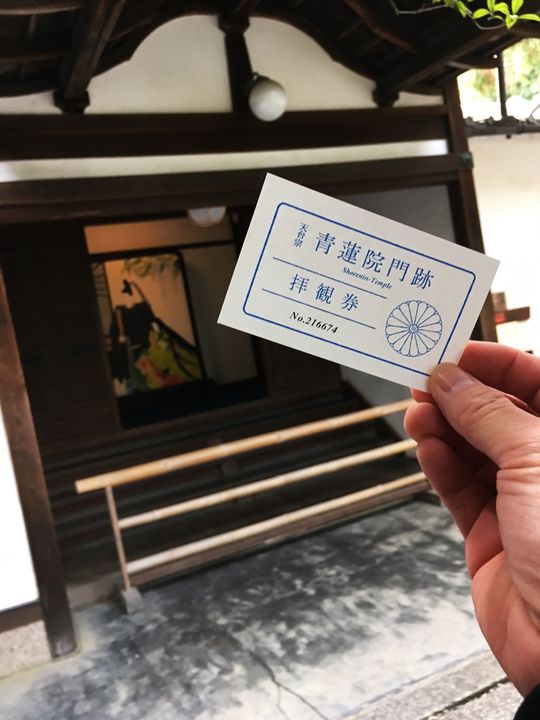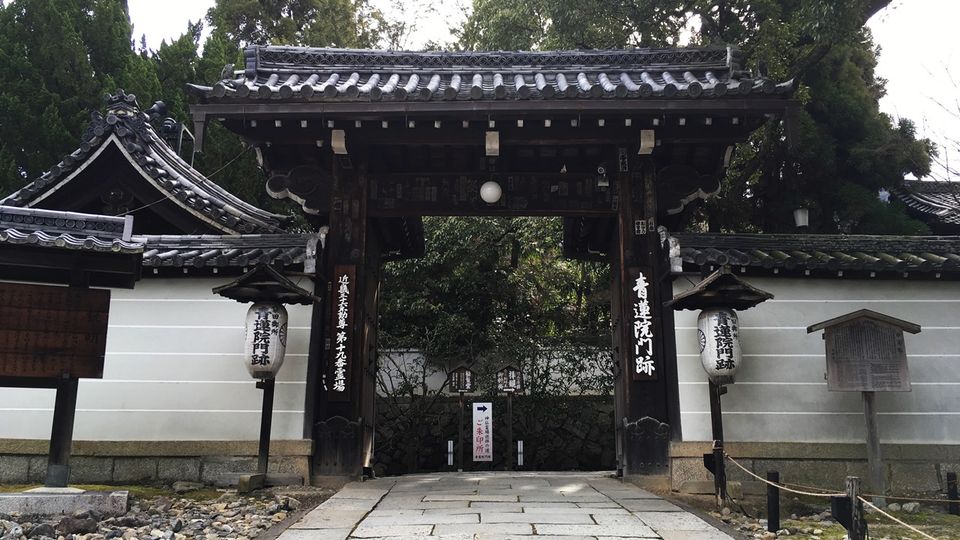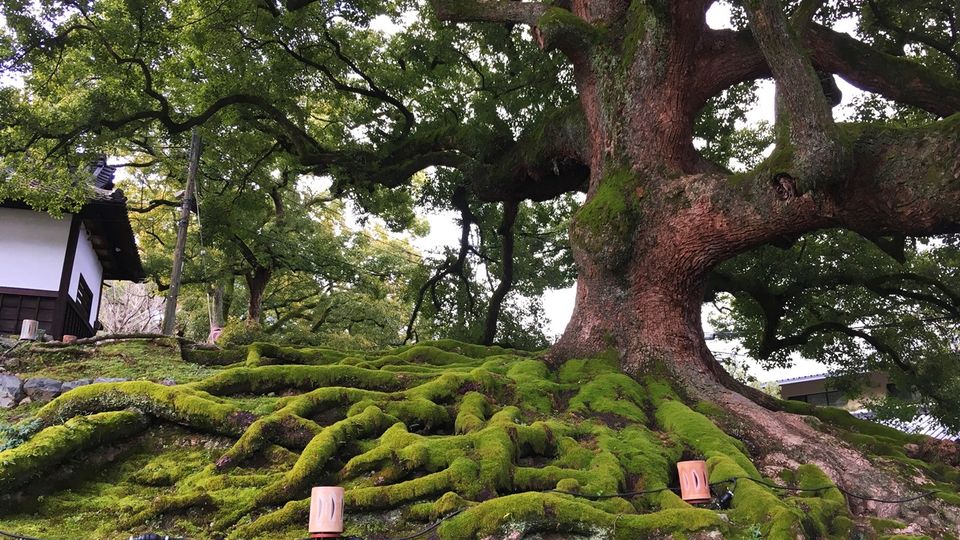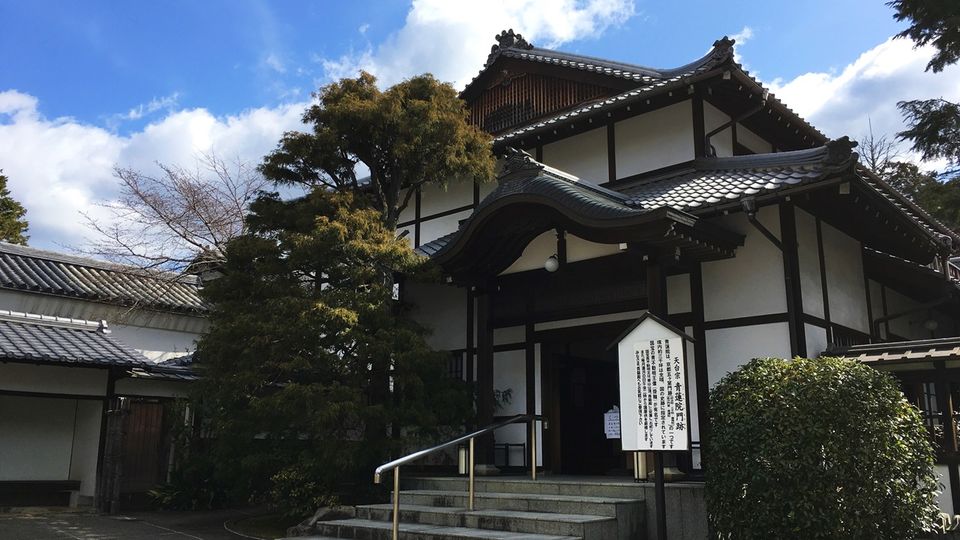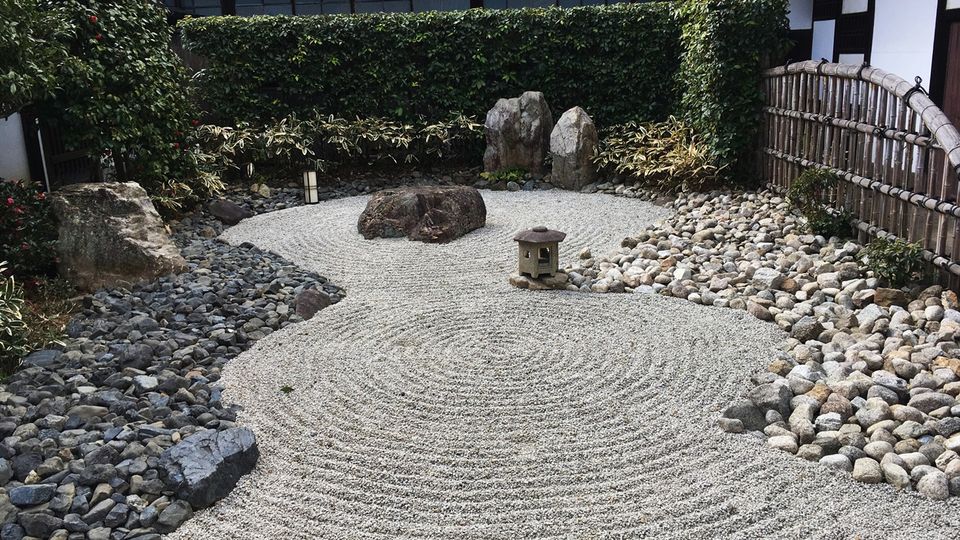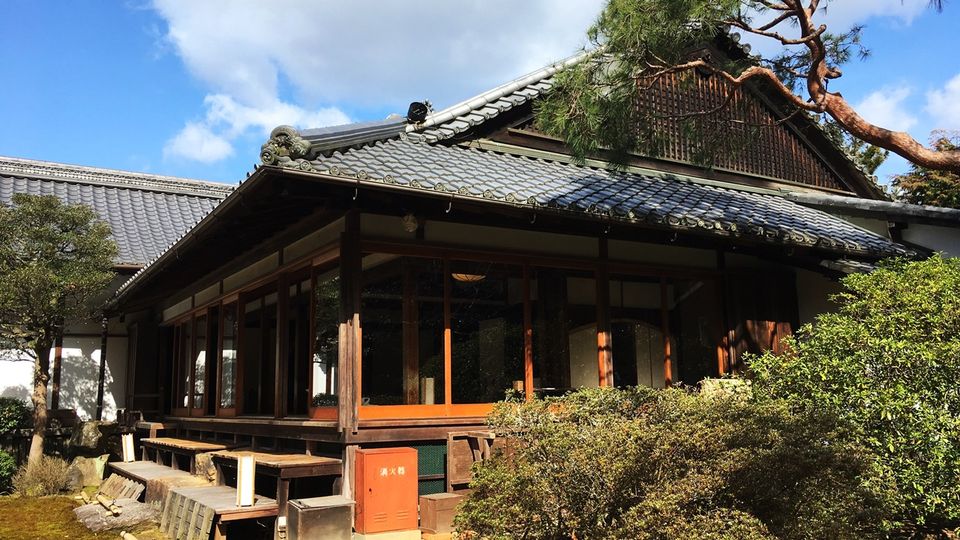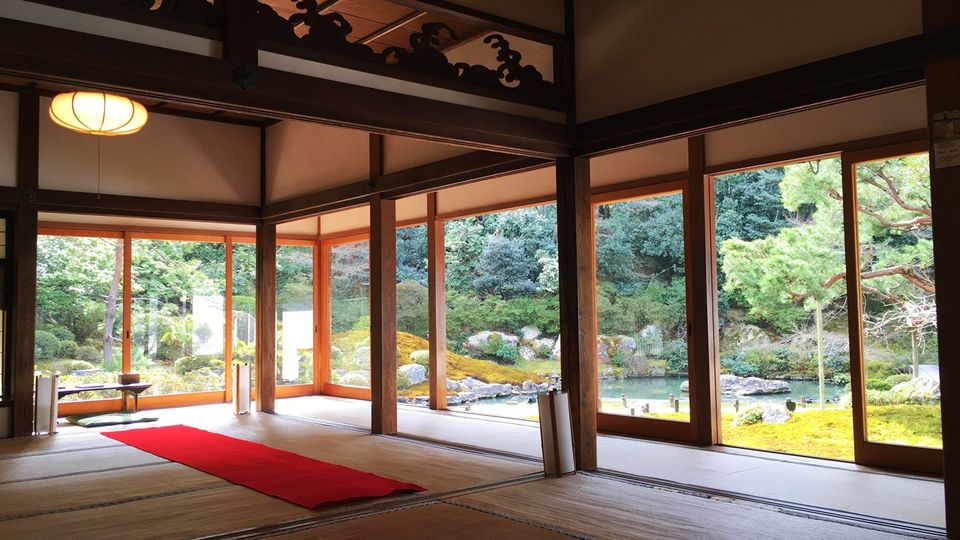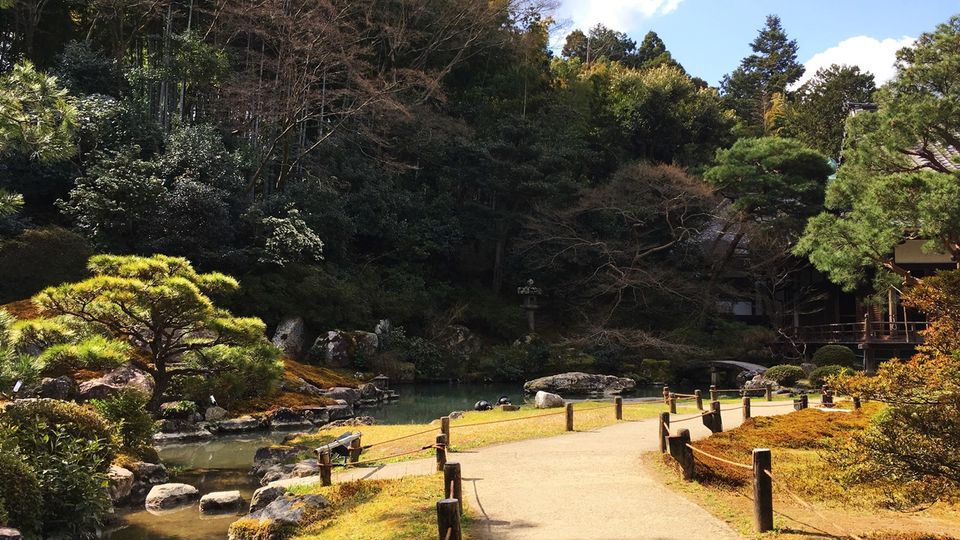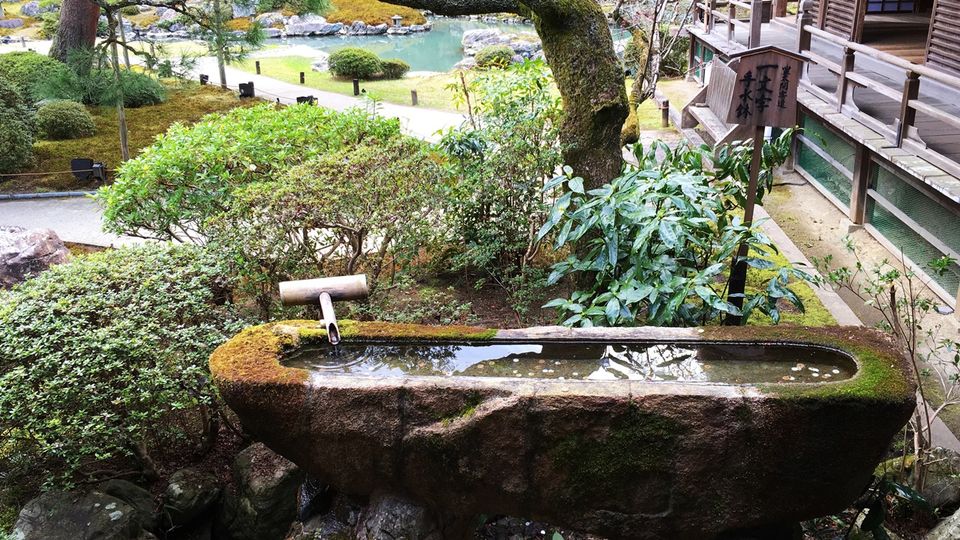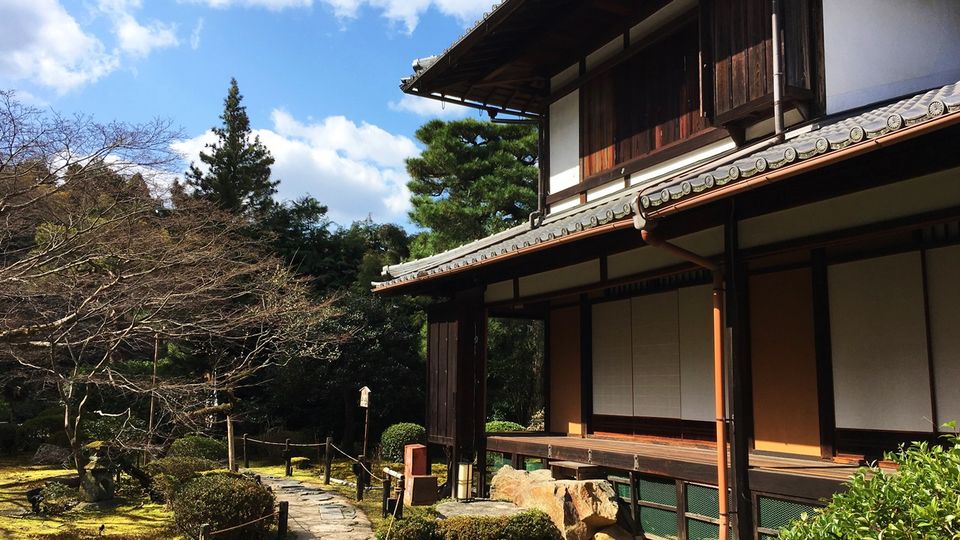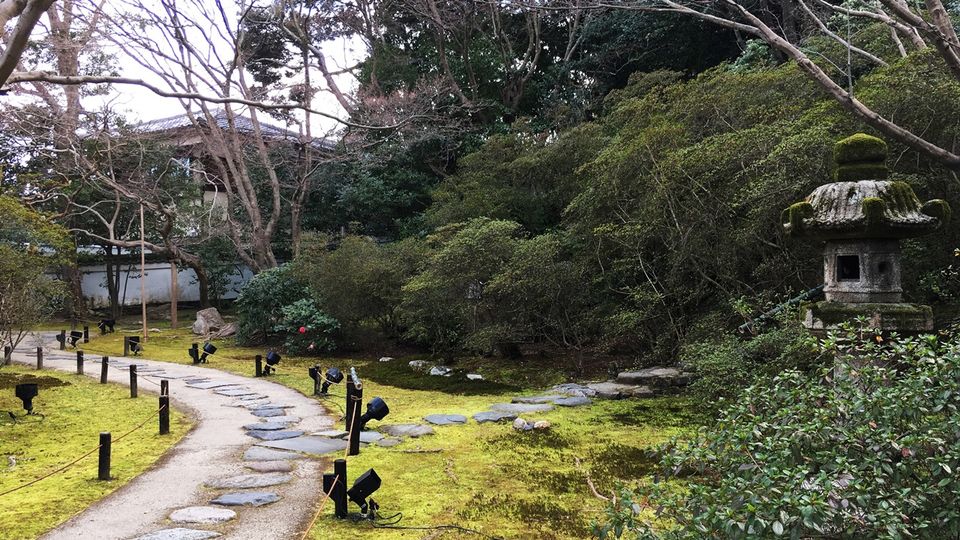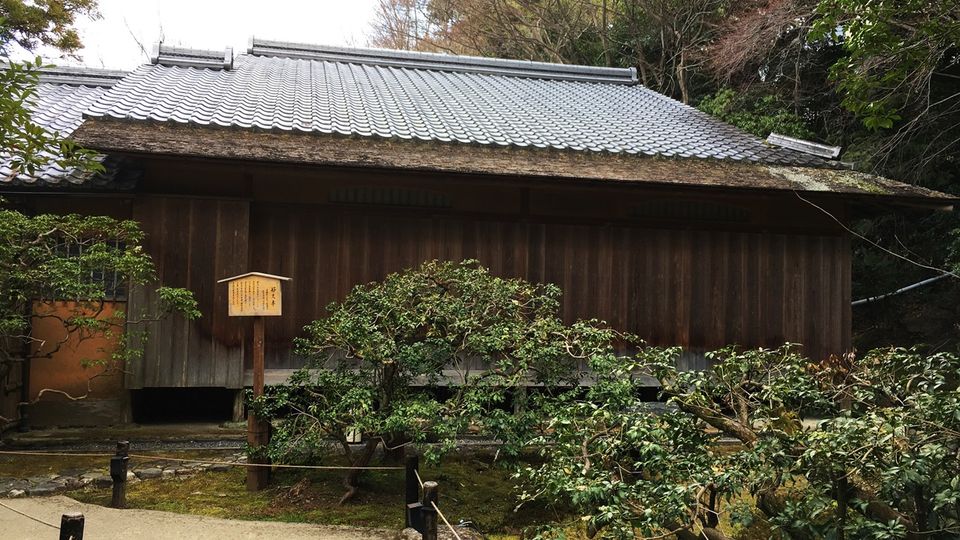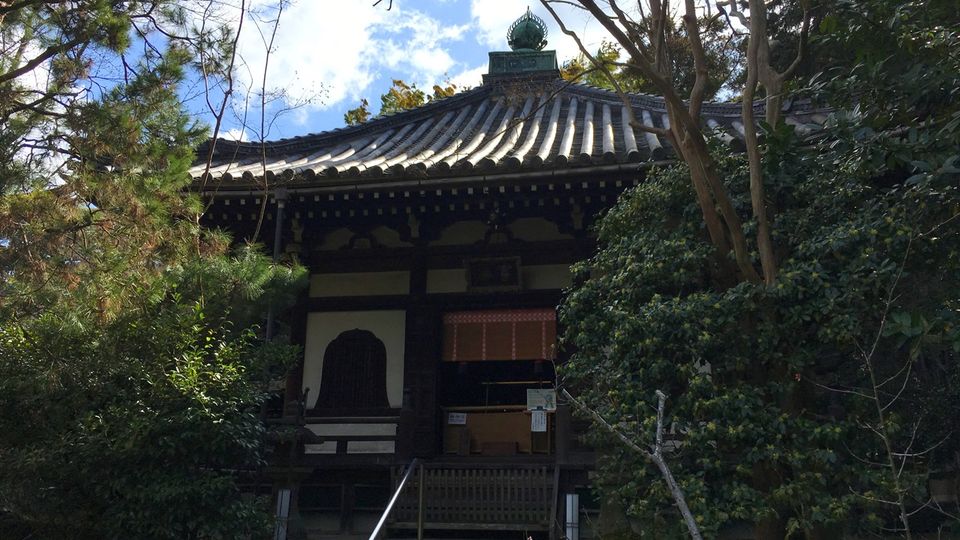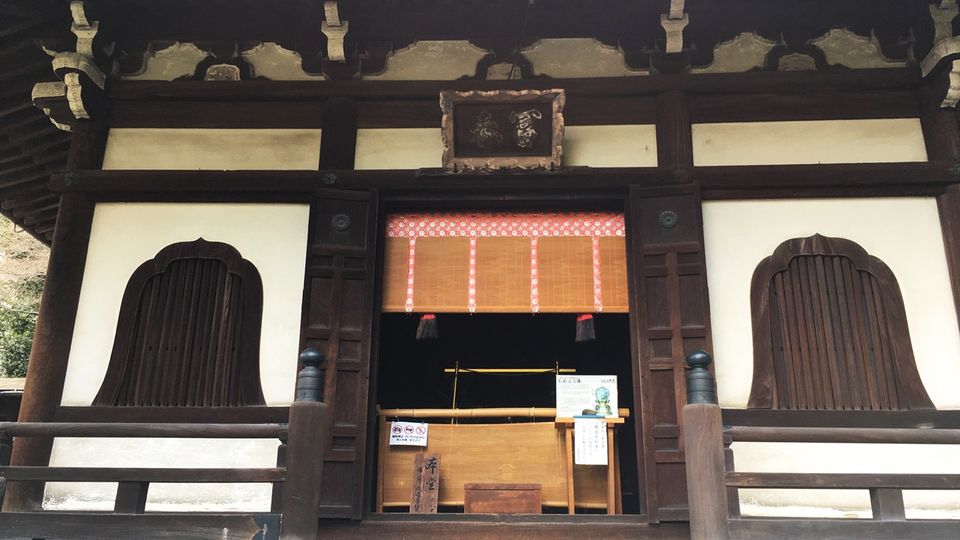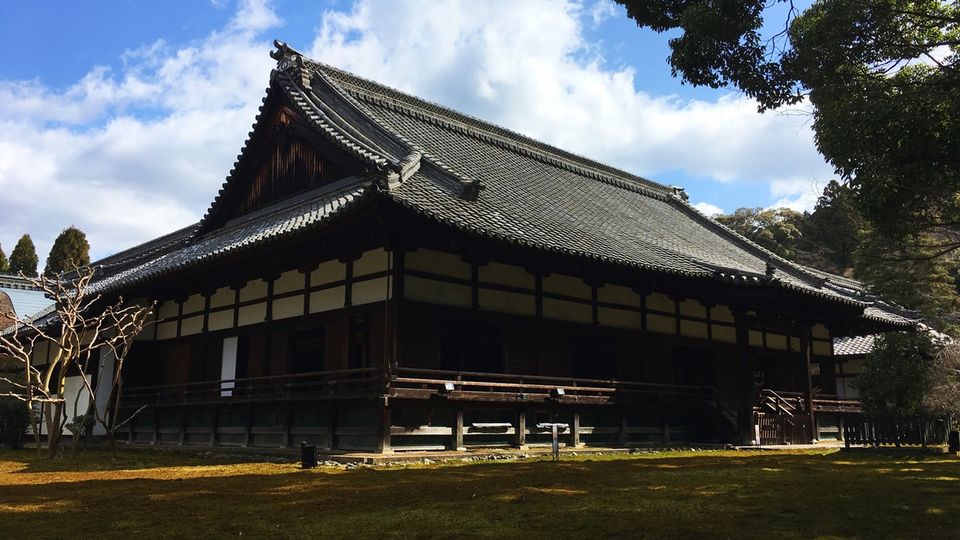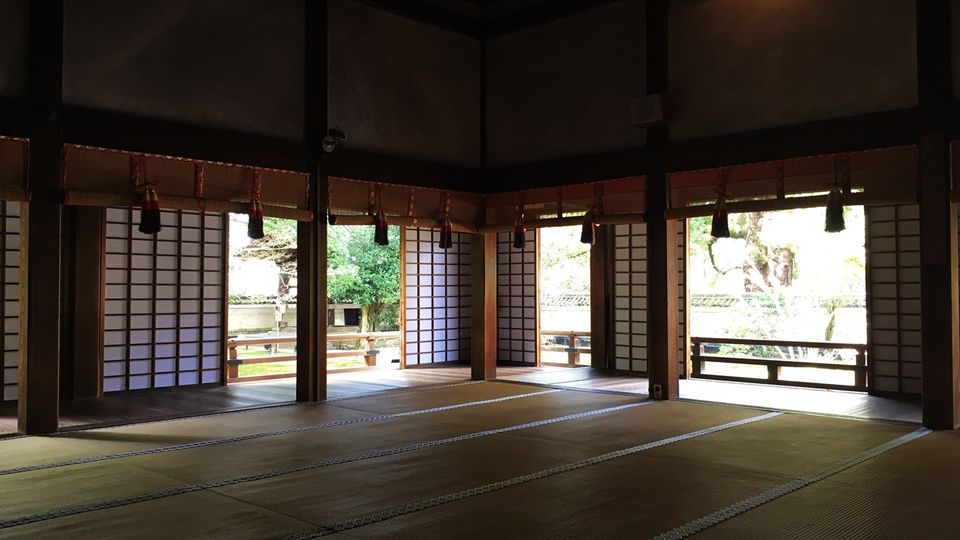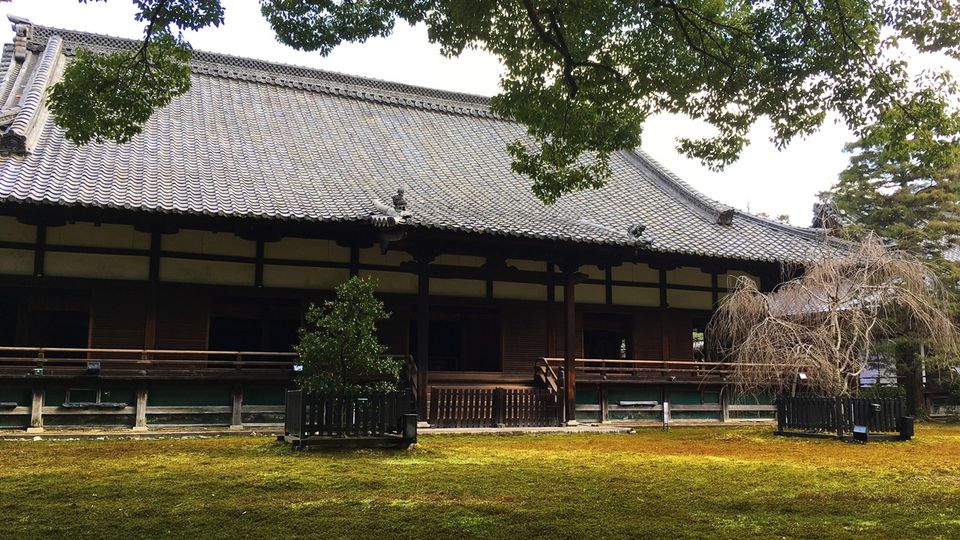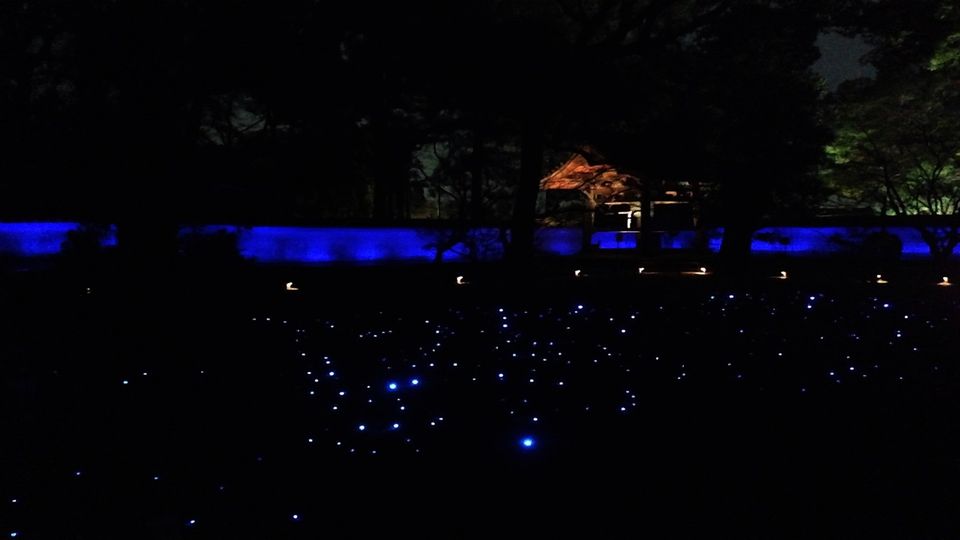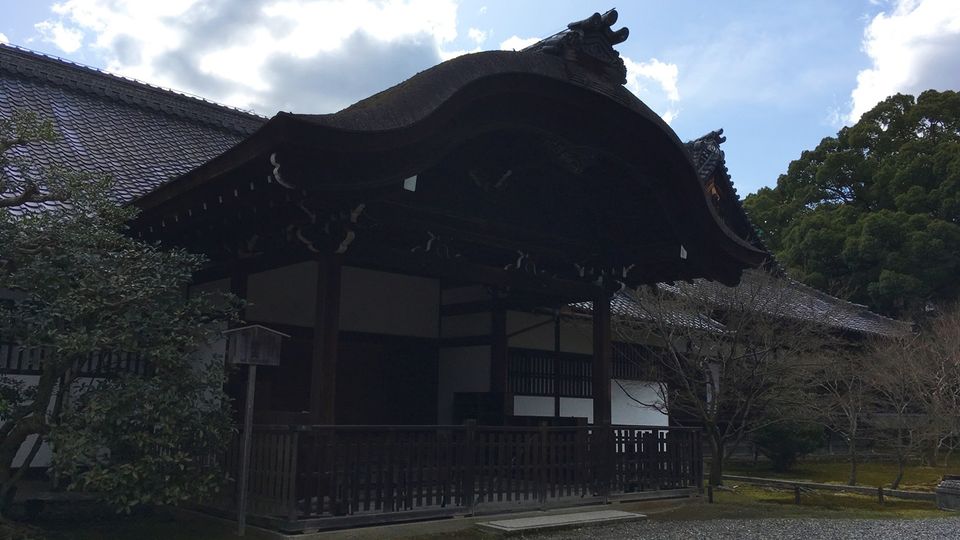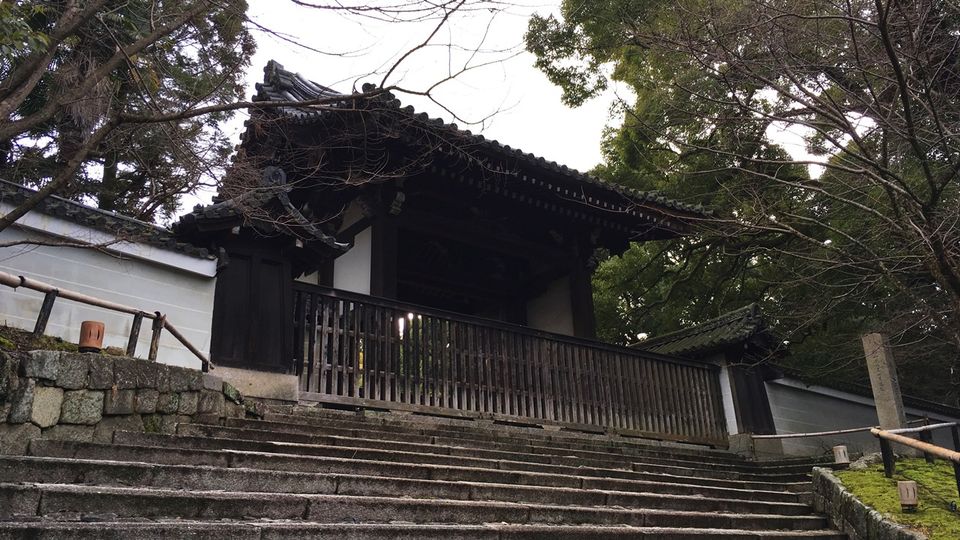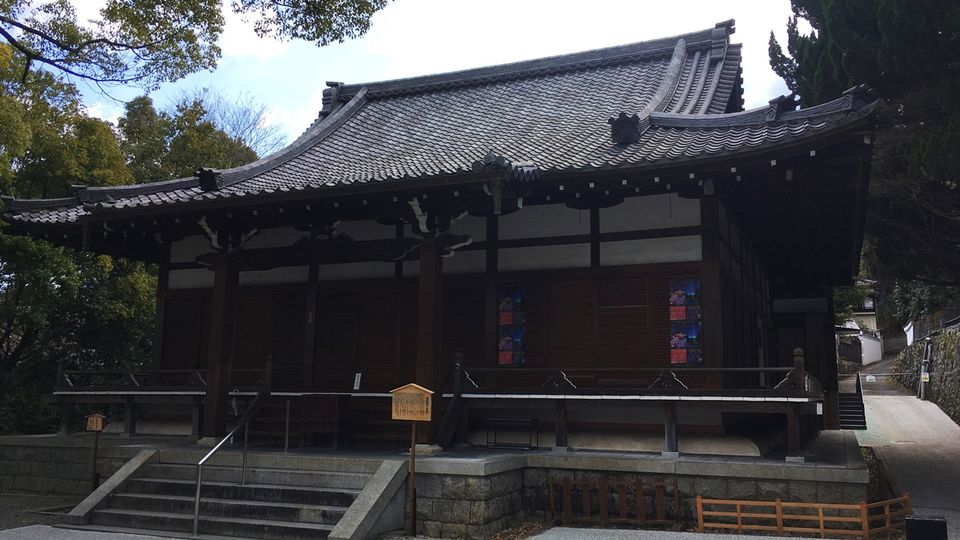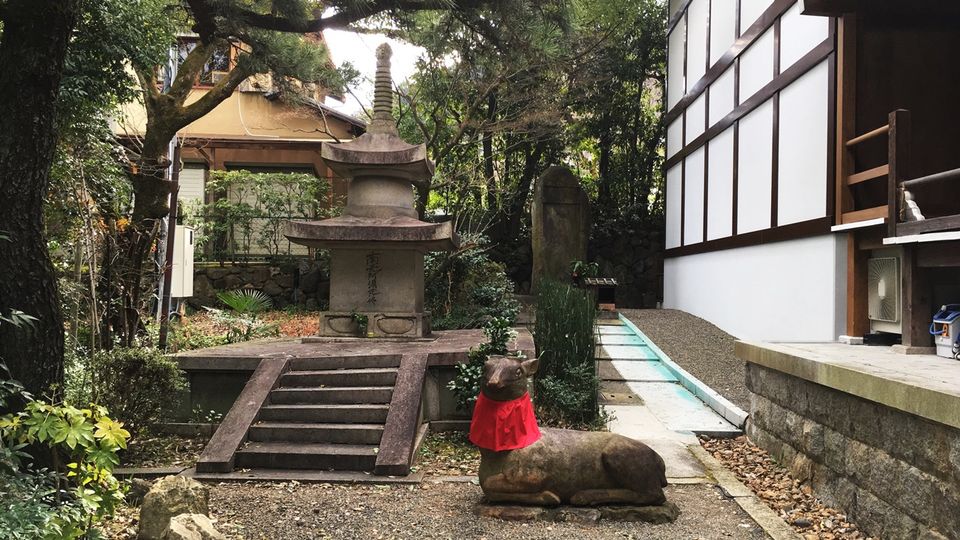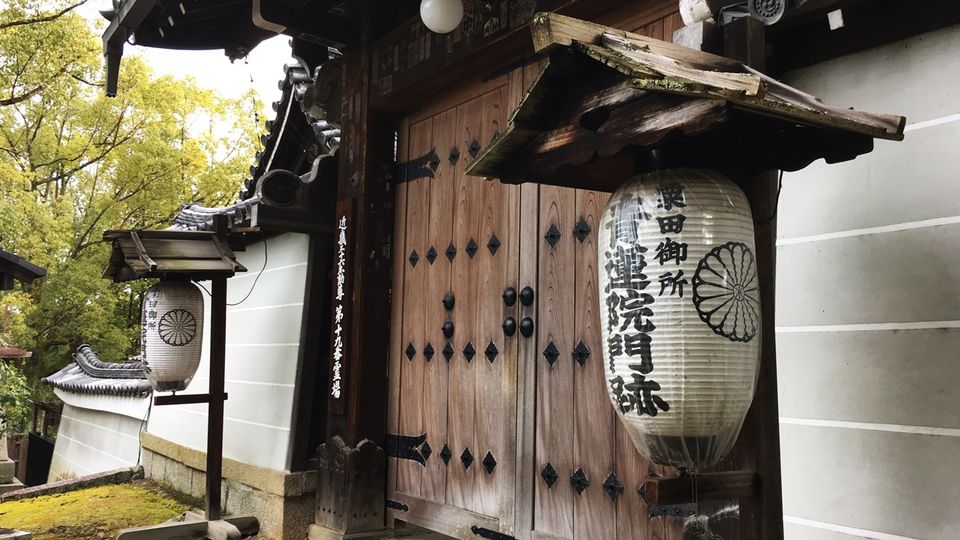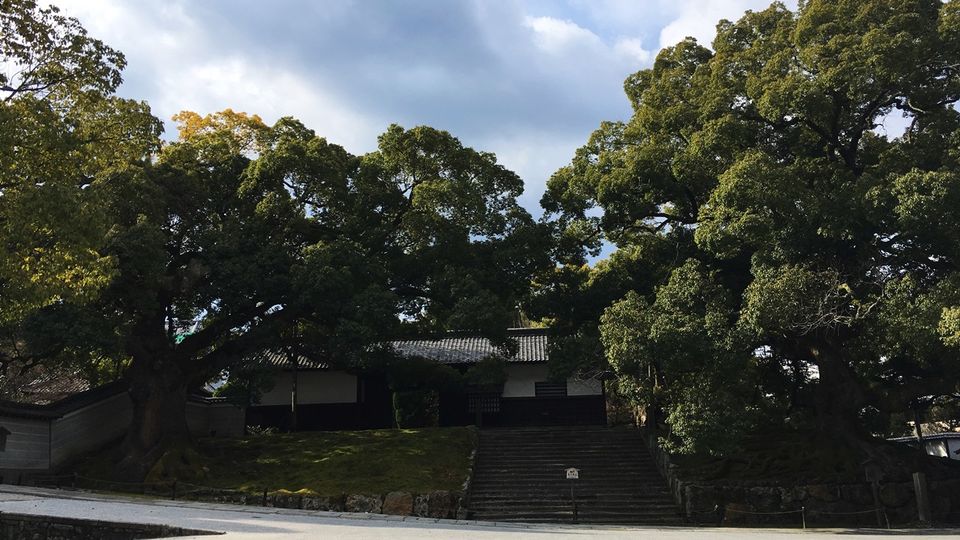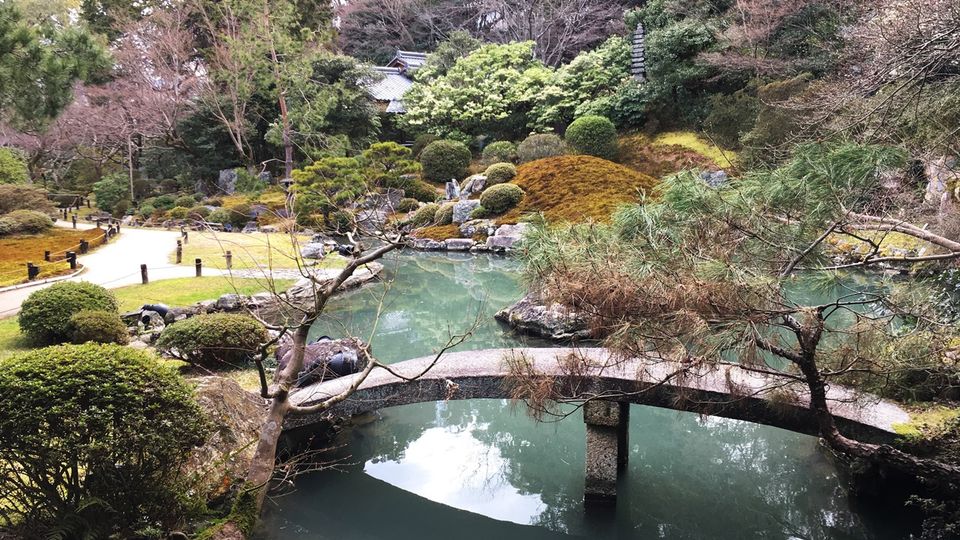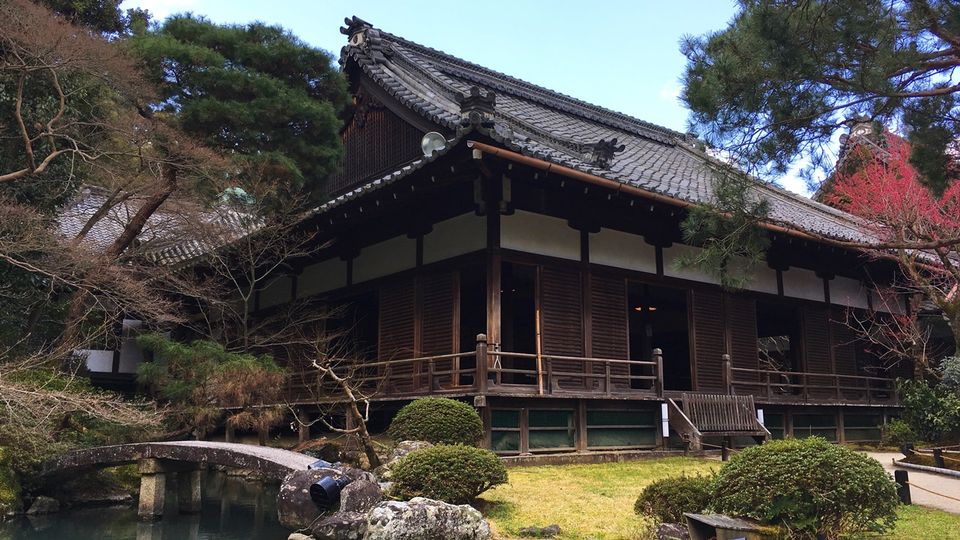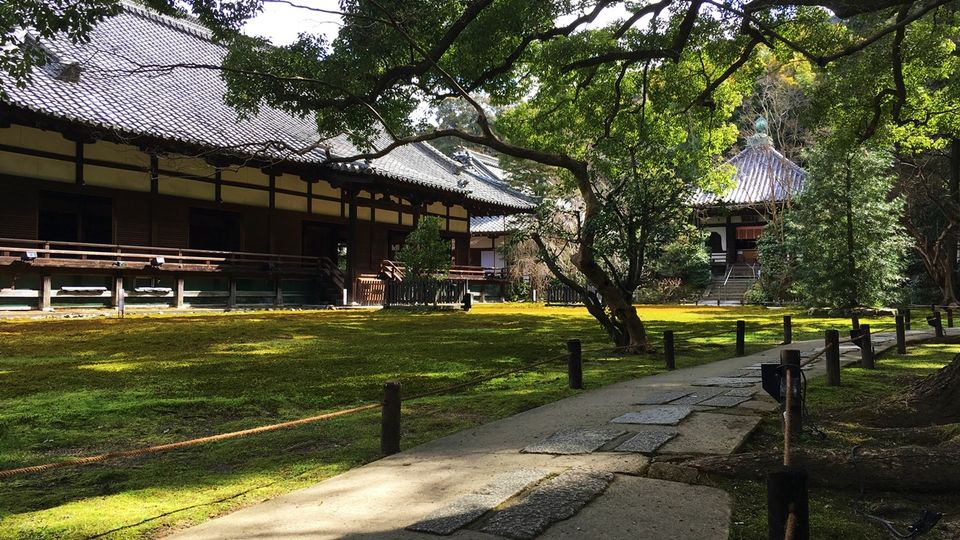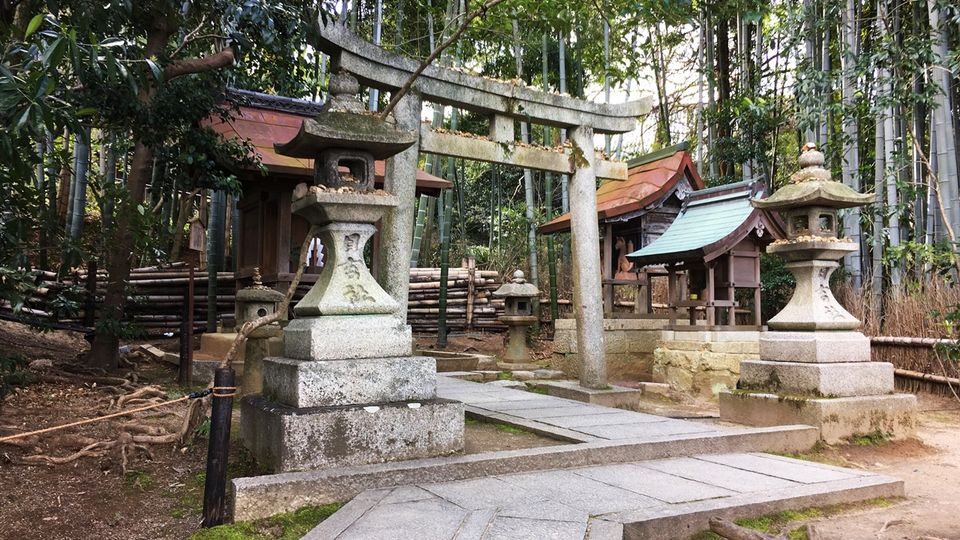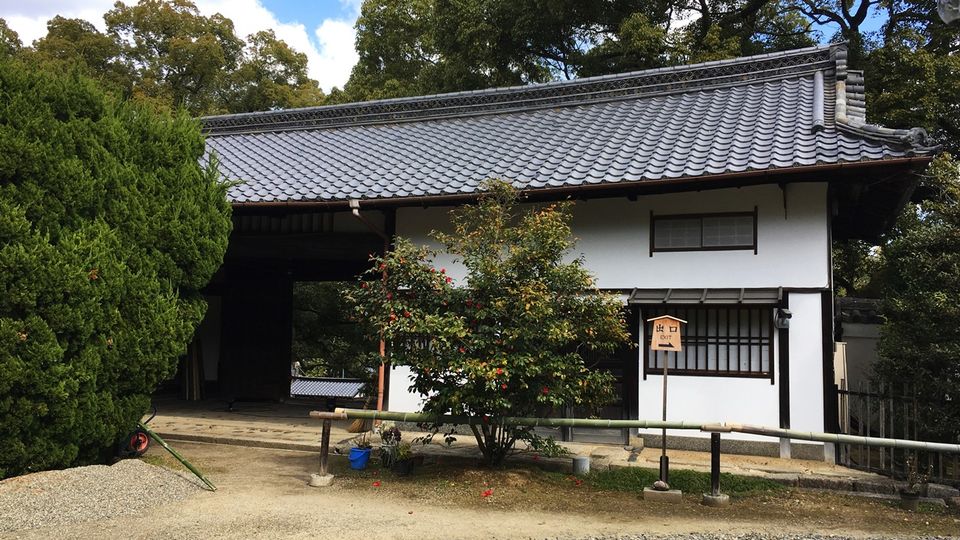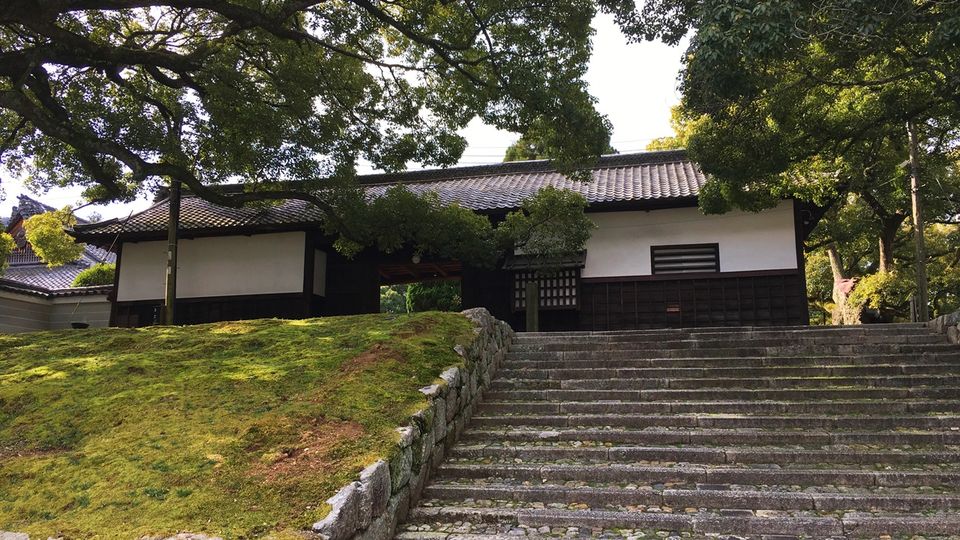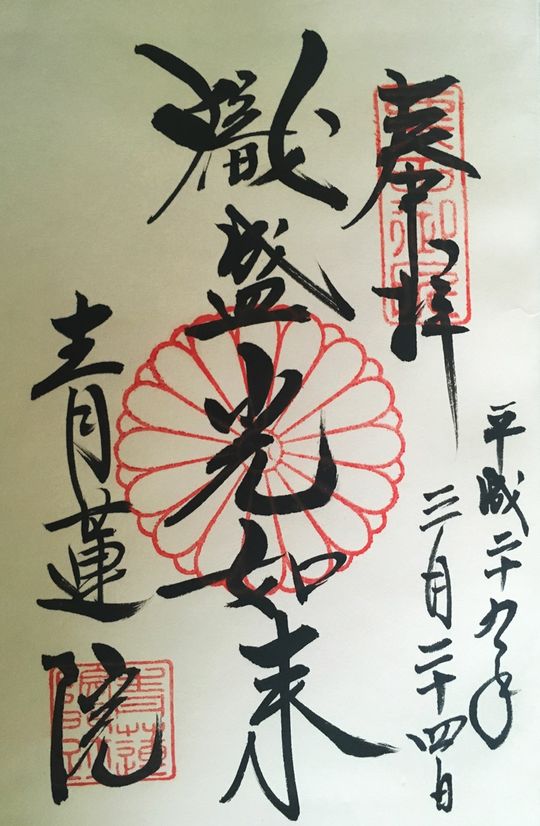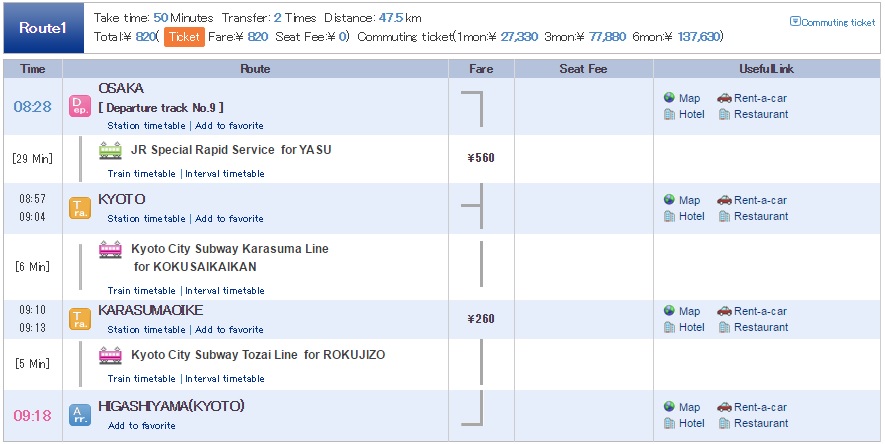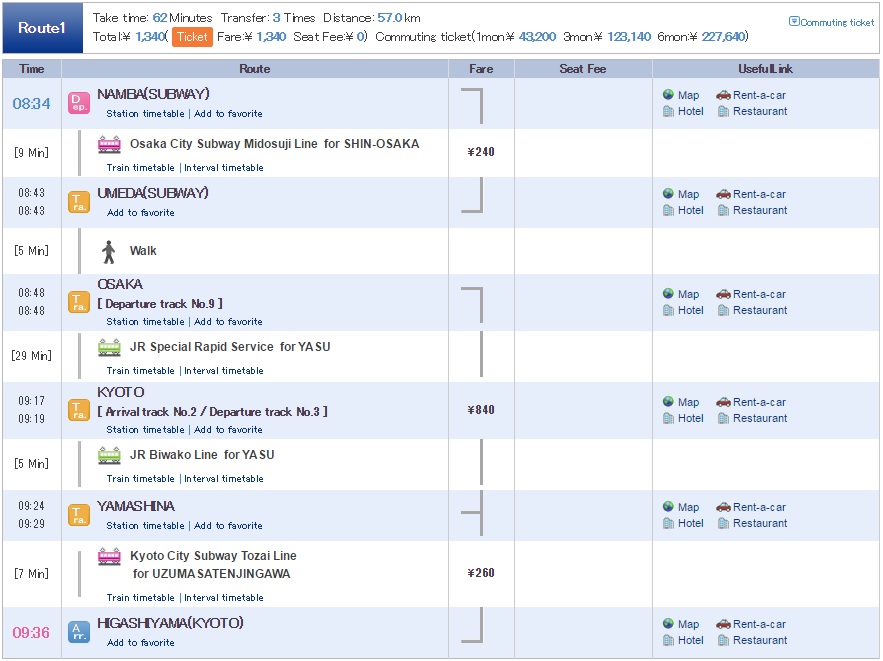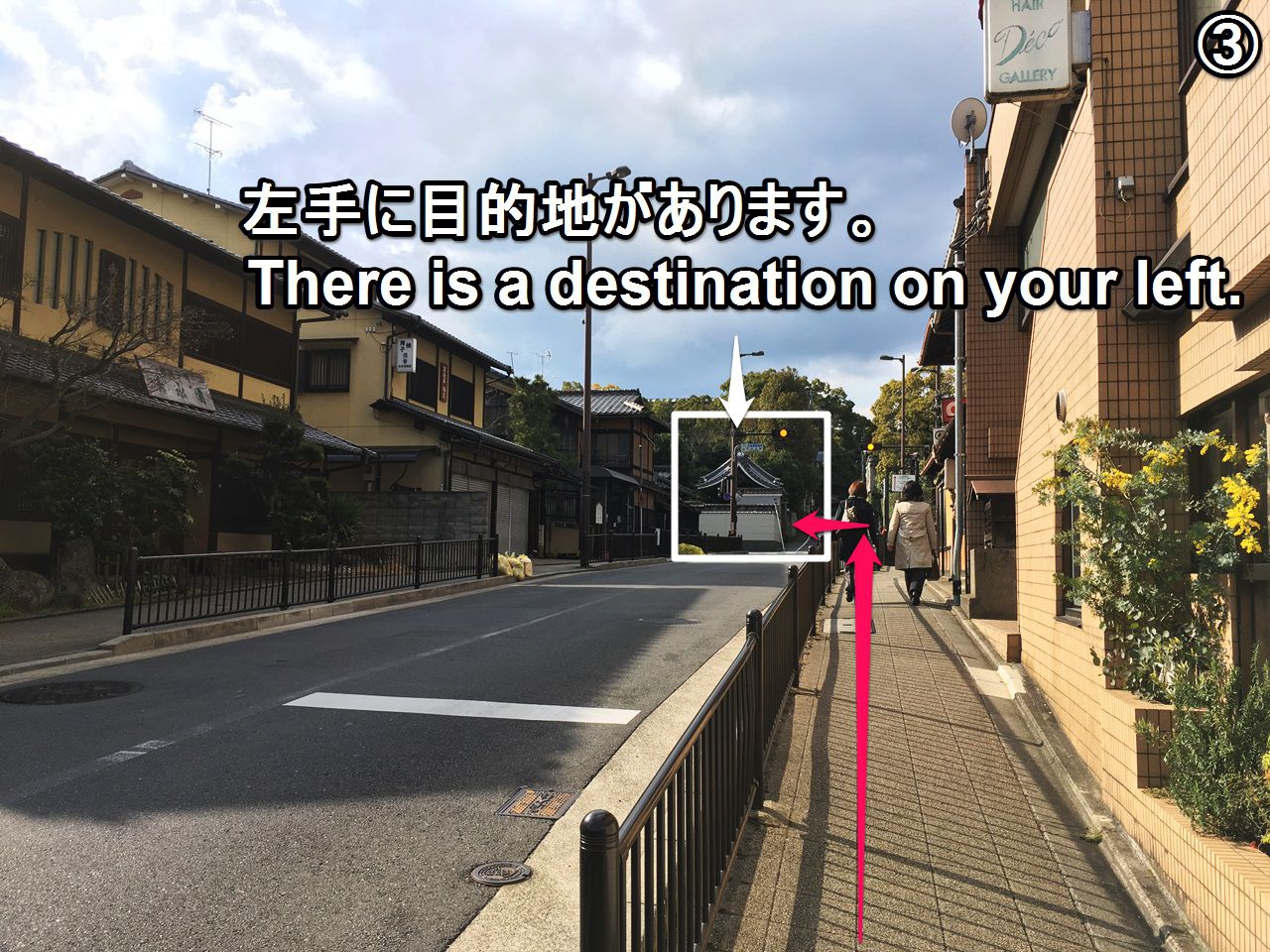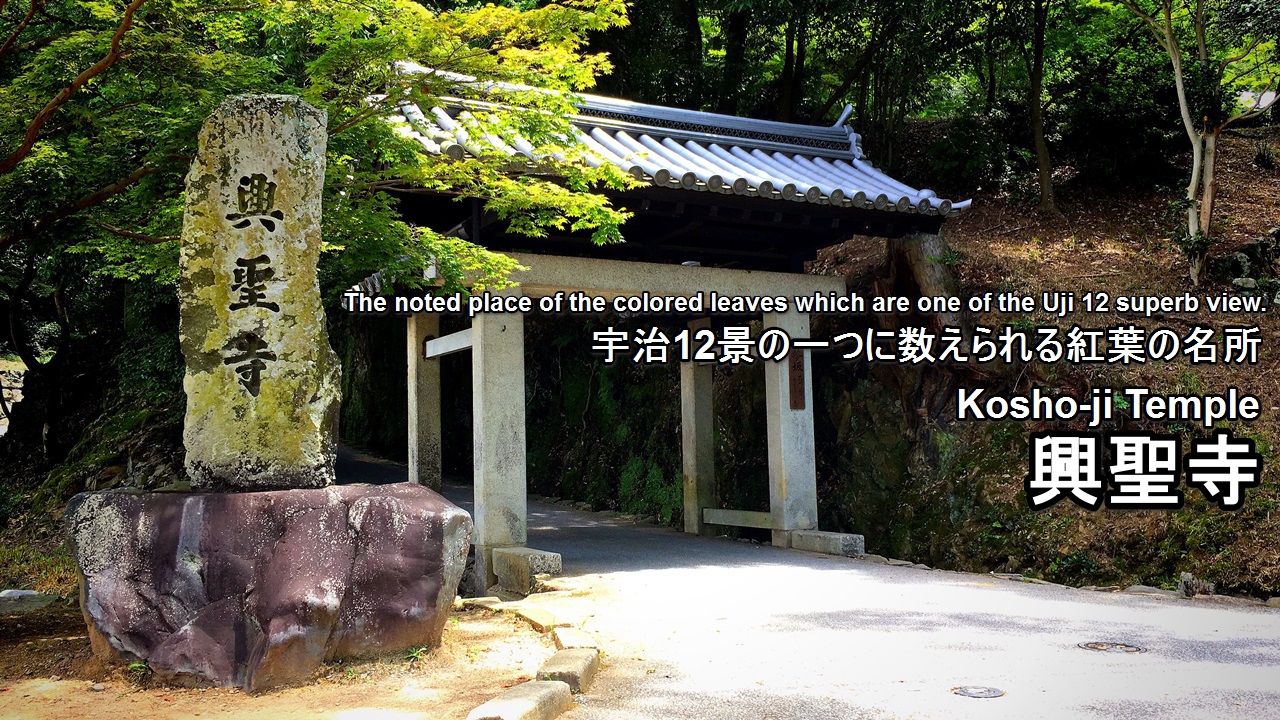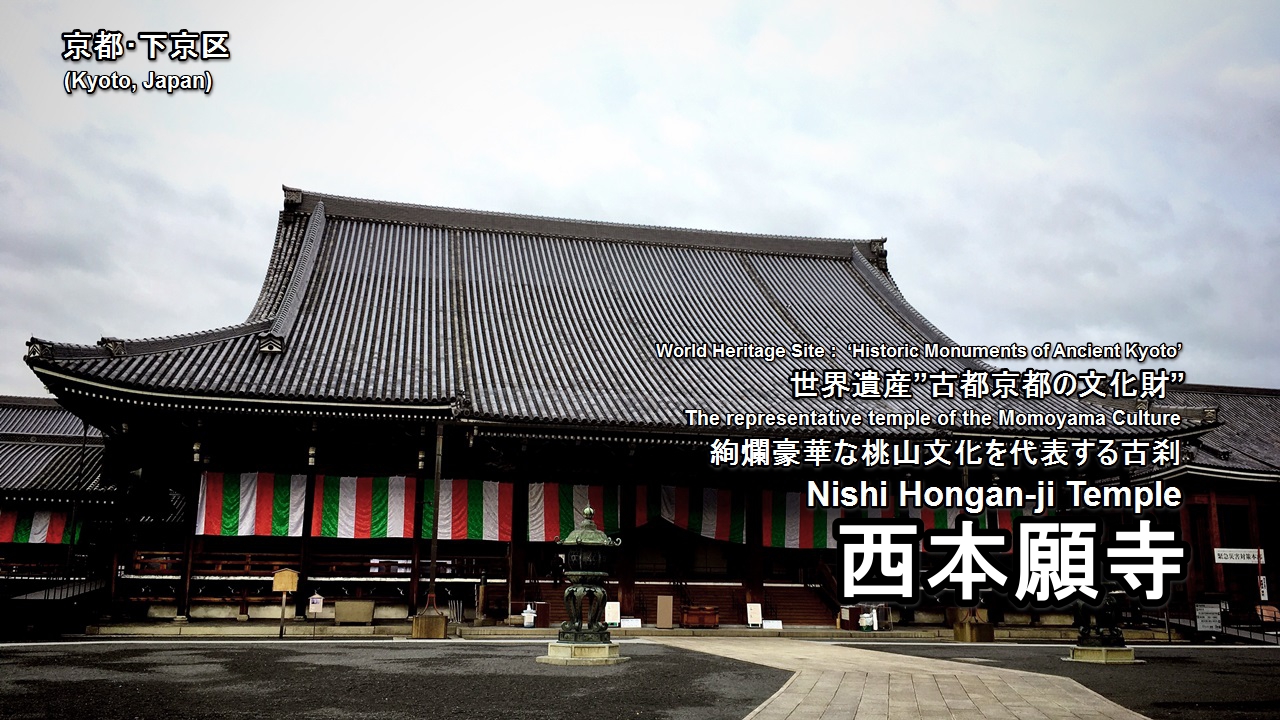Shoren-in (青蓮院) is one of a ‘Monzeki (門跡) temple‘ of the Tendai sect, located in Higashiyama Ward, Kyoto City.
‘Monzeki (門跡)’ is a temple which traditionally served by successive head priests from the Imperial family and nobility.
Shoren-in is one of the three important monzeki temples of the Tendai sect along with Sanzen-in and Myoho-in.
During the Edo period in 1788, Shoren-in served as the temporary palace of Empress Go-sakuramachi (後桜町天皇) at the time of the Dairi Castle Fires.
It is because of this it has been designated as a National Historic Site under the name ‘Former Temporary Palace Shoren-in Temple.’
History of Shoren-in
Let’s study the history of this monzeki temple with me before introducing of Shoren-in (青蓮院).
I think that we can enjoy the sightseeing of it more by learning the history of it. XD
Shoren-in was founded in 1150 of the Heian period by Gyogen (行玄) who was the 12th head priest of the Tendai sect.
When Saicho (最澄) who was a sect father of the Tendai sect founded Enryaku-ji (延暦寺) in 788 of the Nara period, he founded the priests’ living quarter called ‘Shoren-bo (青蓮坊)‘.
In 1150 of the Heian period, Gyogen (行玄) who was the 12th head priest of the Tendai sect founded this temple formally.
At that time, this temple changed its name to ‘Shoren-in (青蓮院).’
In 1788 of the Edo period, because the Imperial Palace at that time suffered a fire, this temple served as the temporary palace of Empress Go-sakuramachi (後桜町天皇).
Therefore this temple is also called ‘Awata Imperial Palace (粟田御所)‘ to commemorate the name of this place.
In 1839 of the Meiji period, this temple suffered a fire and it consumed the almost all building.
So, most buildings of this temple were rebuilt after the Meiji period.
About Shoren-in
Temple’s information
Address:69-1, Awadaguchi Sanjobocho, Higashiyama-ku Kyoto-shi, Kyoto, 605-0035, Japan
Phone number:+81-75-561-2345
Foundation:1150
Founder:Gyogen (行玄)
Sect:Tendai sect
Principal image:Shijoko Nyorai (熾盛光如来)
Open (daytime)
9:00~17:00
Open (special night visits)
17:00~22:00
*Special night visits are held on specific days in spring and autumn.
Admission fee (daytime)
| Adults | 500 yen |
| High / Junior high students | 400 yen |
| Elementary students | 200 yen |
Admission fee (special night visits)
| Adults | 800 yen |
| high / Junior / Elementary students | 400 yen |
*Special night visits are held on specific days in spring and autumn.
Other information
・Please ask temple’s staff where you can take photos and videos.
・Worship method of a shinto shrine and a buddhist temple, please refer to the following article.
Next, let’s see highlights of this temple!
Highlights of Shoren-in
- 薬医門:Yakui-mon gate
- 楠 (天然記念物):Kusu (camphor tree) (Natural monument)
- 寺務所:Office of a temple
- 枯山水庭園:Karesansui (japanese rock) garden
- 華頂殿*:Kacho-den hall*
- 相阿弥の庭*:Soami-no-niwa garden*
- 一文字手水鉢*:Ichimonji-Chozubachi*
- 霧島の庭*:Kirishima-no-niwa garden*
- 好文亭*:Kobun-tei*
- 小御所*:Ko-gosho*
- 本堂*:Hon-do hall*
- 宸殿*:Shin-den hall*
- 宸殿前庭*:Front garden of the Shin-den hall*
- 大玄関*:O-genkan
- 日吉社*:Hiyoshi-sha shrine*
- 鐘楼*:Shoro (Bell tower)*
- 四脚門*:Shikyaku-mon gate*
- 長屋門*:Nagaya-mon gate*
- 植髪堂:Uegami-do hall
- 親鸞聖人遺髪塔:The monument containing Shinran’s hair
This mark ‘*‘ is a pay area.
薬医門:Yakui-mon gate
This is the Yakui-mon gate which has the role as a entrance of this temple.
楠 (天然記念物):Kusu (camphor tree) (Natural monument)
Five Kusu (great camphor tree) in the precincts are more than 800 years old and are designated as a natural monument.
寺務所:Office of a temple
This is Jimusho (Temple’s office).
We can get a Goshuin in this building.
枯山水庭園:Karesansui (japanese rock) garden
It is the karesansui (Japanese rock) garden in front of the temple’s office.
華頂殿*:Kacho-den hall*
Kacho-den hall has the role as a reception hall.
Inside of this building is decorated with pictures of the thirty-six major tanka poets and fusuma pictures of lotus.
Hideki KIMURA (木村英輝) who is also famous for another name called ‘KI-YAN‘ designed this fusuma picture.
We can see a wonderful view of the garden from the guest room.
相阿弥の庭*:Soami-no-niwa garden*
Front garden of Kacho-den is called ‘Soami-no-niwa Garden‘.
It was designed by Soami (相阿弥) who was the famous ink painter in the Muromachi period.
一文字手水鉢*:Ichimonji-Chozubachi*
This is made of one big stone which has the straight-line-shaped, donated by Hideyoshi TOYOTOMI (豊臣秀吉).
霧島の庭*:Kirishima-no-niwa garden*
Kirishima-no-niwa garden was designed by Enshu KOBORI (小堀遠州).
Because large kirishima azalea is planted in this garden, it is called Kirishima-no-niwa.
好文亭*:Kobun-tei*
Kobun-tei has the role as a tea house.
In the old days, it is said that Empress Go-sakuramachi (後桜町天皇) studied in this building.
It was destroyed by arson in 1993 and rebuilt 2 years later.
小御所*:Ko-gosho*
This building was used as a imperial palace in the Edo period.
(Gosho has the meaning of imperial palace.)
本堂*:Hon-do hall*
This is the Hon-do hall of this temple.
Because Shijoko Nyorai (熾盛光如来) which is the principal image of this temple is enshrined in the building, it is also called Shijoko-do (熾盛光堂).
宸殿*:Shin-den hall*
This is the Shin-den hall of this temple.
Shin-den (宸殿) is a peculiar building of monzeki temple.
It was rebuilt after a fire of 1893.
宸殿前庭*:Front garden of the Shin-den hall*
Front garden of the Shin-den hall is a large dry landscape Japanese garden covered with moss.
Illumination event will be held during special night in this garden.
大玄関*:O-genkan
O-genkan has the role as a formal entrance of the Shin-den hall.
日吉社*:Hiyoshi-sha shrine*
This is the Hiyoshi-sha shrine in this temple.
Hiyoshi-sanno (日吉山王) who protect the Tendai sect is enshrined in this shrine.
鐘楼*:Shoro (Bell tower)*
●四脚門*:Shikyaku-mon gate*
It was relocated from the old palace of Empress Meisho (明正天皇) and managed to avoid the fire of 1893.
長屋門*:Nagaya-mon gate*
Nagaya-mon gate was also relocated from the old palace of Empress Meisho (明正天皇) and managed to avoid the fire of 1893.
植髪堂:Uegami-do hall
Uegami-do hall was rebuilt in 1880 of the Meiji period.
Child image of Shinran (親鸞) who was the founder of Jodo Shinshu Sect is enshrined in this building.
親鸞聖人遺髪塔:The monument containing Shinran’s hair
This is Ihatsu-to pagoda.
Hair of the departed Shinran is enshrined in this pagoda.
Special night visits
Illuminations event called ‘Kyoto Higashiyama Hanatouro (京都東山花灯路)‘ is held every spring in Higashiyama, Kyoto.
Shoren-in is also a venue of this events.
↓Visit article of ‘Kyoto Higashiyama Hanatouro’ is here.↓
Photo of Shoren-in
Video of Shoren-in
Goshuin (red ink stamp) of Shoren-in
Goshuin of this temple is “Shijoko Nyorai (熾盛光如来)” which is the principal image of this temple.
We can get this goshuin in the Jimusho (Temple’s office). (300 yen)
How to get to Shoren-in
Nearest station is Kyoto City Subway Higashiyama Station.
We can also go by bus from Kyoto Station, Kyoto-Kawaramachi Station, and Gion-Shijo Station.
From Osaka Sta. to Higashiyama Sta. (by train)
Timetable and Route Search (train)
1.Get on the JR Kyoto Line from Osaka Station to Kyoto Station and change to the Kyoto City Subway Karasuma Line.
2.Get on the Kyoto City Subway Karasuma Line from Kyoto Station to Karasumaoike Station and change to the Kyoto City Subway Tozai Line.
2.Get on the Kyoto City Subway Tozai Line from Karasumaoike Station to Higashiyama Station.
From Namba Sta. to Higashiyama Sta. (by train)
Timetable and Route Search (train)
1.Get on the Osaka Metro Midosuji Line from Namba Station to Umeda Station and change to the JR Kyoto Line.
2.Get on the JR Kyoto Line from Osaka Station to Kyoto Station and change to the Kyoto City Subway Karasuma Line.
3.Get on the Kyoto City Subway Karasuma Line from Kyoto Station to Karasumaoike Station and change to the Kyoto City Subway Tozai Line.
4.Get on the Kyoto City Subway Tozai Line from Karasumaoike Station to Higashiyama Station.
From Kyoto Sta. to Higashiyama Sta. (by train)
Timetable and Route Search (train)
1.Get on the Kyoto City Subway Karasuma Line from Kyoto Station to Karasumaoike Station and change to the Kyoto City Subway Tozai Line.
2.Get on the Kyoto City Subway Tozai Line from Karasumaoike Station to Higashiyama Station.
From Higashiyama Station (on foot)
It’s about 10 minutes (500m) on foot.
Get on a bus from JR Kyoto Station
Timetable and Route Search (bus)
Please get on a Kyoto City Bus No.5 from Kyoto Sta.[A1] bus stop and get off Jingu-michi bus stop.
Bus company:Kyoto City Bus
Routes/Destination:5/Bound for Ginkakuji Temple Via Heian-jingu Shrin
Boarding bus stop:Kyoto Sta.[A1]
Alighting bus stop:Jingu-michi
Bus fare:230 yen
Time required:About 30 min
Get on a bus from Kyoto Kawaramachi Station
Timetable and Route Search (bus)
Please get on a Kyoto City Bus No.5 from Shijo Kawaramachi [H] bus stop and get off Jingu-michi bus stop.
Bus company:Kyoto City Bus
Routes/Destination:5/Bound for Ginkakuji Temple Via Heian-jingu Shrin
Boarding bus stop:Shijo Kawaramachi [H]
Alighting bus stop:Jingu-michi
Bus fare:230 yen
Time required:About 12 min
Get on a bus from Kyoto Gion-shijo Station
Timetable and Route Search (bus)
Please get on a Kyoto City Bus No.46 from Shijo Keihan-mae[B] bus stop and get off Jingu-michi bus stop.
Bus company:Kyoto City Bus
Routes/Destination:46/Bound for Kamigamo-jinja Shrine
Boarding bus stop:Shijo Keihan-mae[B]
Alighting bus stop:Jingu-michi
Bus fare:230 yen
Time required:About 17 min
Take a taxi
From Kyoto Station:about 2,000 yen (15 minutes)
From Gion-Shijo Station:about 880 yen (7 minutes)
・Let’s show a taxi driver the following phrase.
・If you want to call a taxi, let’s show the following phrase.
Phone number of taxi dispatch (Kyoto Station)
Hotel search & reservation around Shoren-in
How did you like it?
Have a nice trip!

